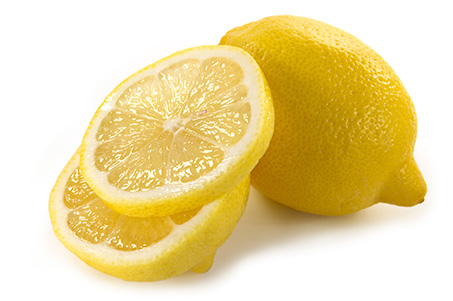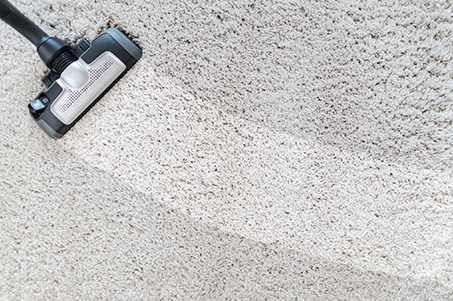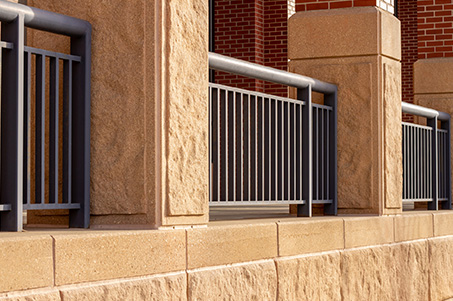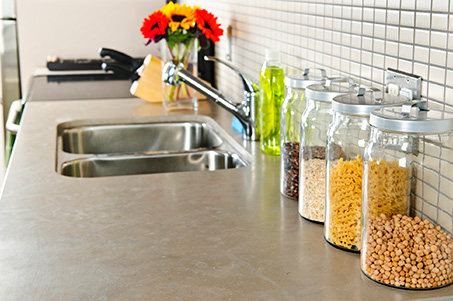What To Do About Cement Stains on Sandstone
April 13, 2022
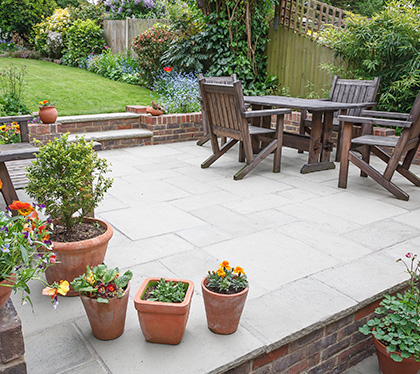 We recently were asked how to remove 3 year-old cement stains from sandstone walls without changing the color of the sandstone. Although this is not a question we get frequently, we thought it was a good one.
We recently were asked how to remove 3 year-old cement stains from sandstone walls without changing the color of the sandstone. Although this is not a question we get frequently, we thought it was a good one.Projects involving cement (DIY or otherwise) can be messy. If spillage or splatters are not addressed immediately, they can be difficult to remove, particularly once they have dried. In areas where sandstone is commonly used as a building material, removal of cement stains can become even more challenging.
First things first. Is the cement chunky?
If the cement was splattered (rather than smeared, for example) and looks as though it is sitting on top of the stone, you will want to carefully chip off as much of the chunky bits as possible first. Remember to use safety equipment, such as safety glasses, during this process. No one wants cement in their eyes.Cleaning with muriatic acid
Muriatic acid (also called hydrochloride acid), diluted with water could be used to remove the cement, but since sandstone is often held together with calcite or dolomitic cement, which are broken down by acids, muriatic acid may do more harm than good. Before using any kind of acidic cleaner, it is important to test how your sandstone will react.IMPORTANT DISCLAIMER: Muriatic acid is just that – an acid! It can be harmful to pets, children and adults (plants don't like it much either) so be sure to follow ALL safety instructions and precautions on the container and keep the children and pets away.
To test how your stone will react
Dilute one part muriatic acid with six parts water and place a drop in an inconspicuous location. If the drop of diluted acid fizzes, that means the acid is breaking down calcium carbonate within the stone. Do not use an acidic cleaner.If the drop of diluted acid does not fizz, don't assume you are in the clear yet. Dilute one part muriatic acid with four parts water and test the stone again. If the less diluted acid still does not fizz when in contact with the stone, things are looking good. You will still want to be vigilant as you clean.
Be sure to clean the stone using a pH neutral cleaner once the cement is removed.
Working with a professional
Cleaning with acid can be daunting, and we highly recommend you leave this tricky cleanup job to an experienced, trained stone restoration professional rather than doing it yourself or hiring a handyman who doesn't understand the properties and characteristics of natural stone. We are always happy to answer your questions or provide an estimate.This article is one of a series of articles written and published on behalf of SurpHaces PRO Partners

